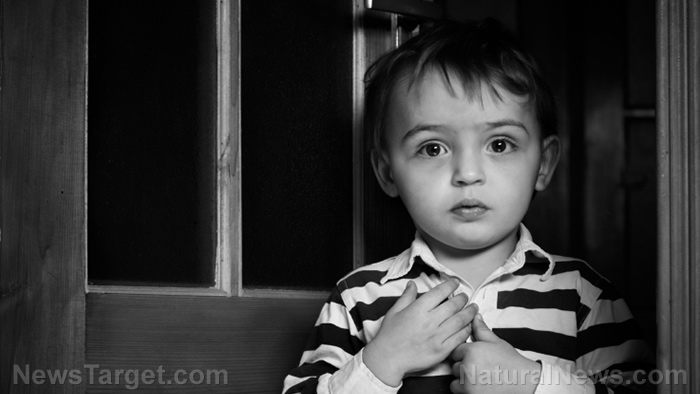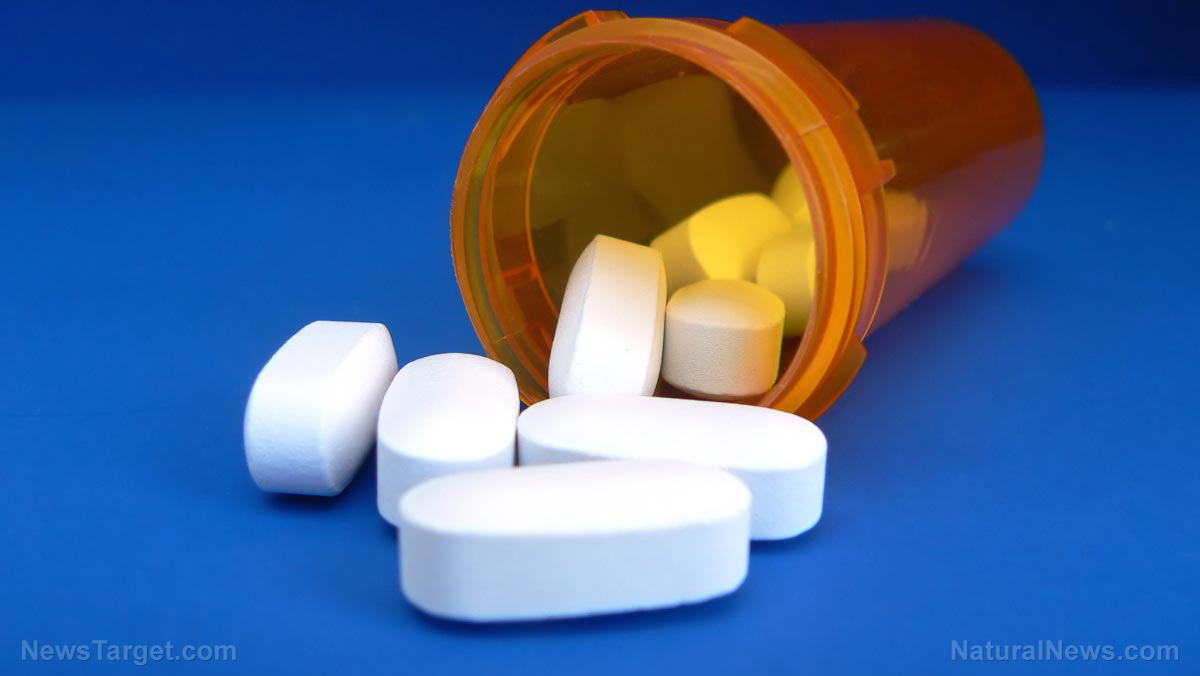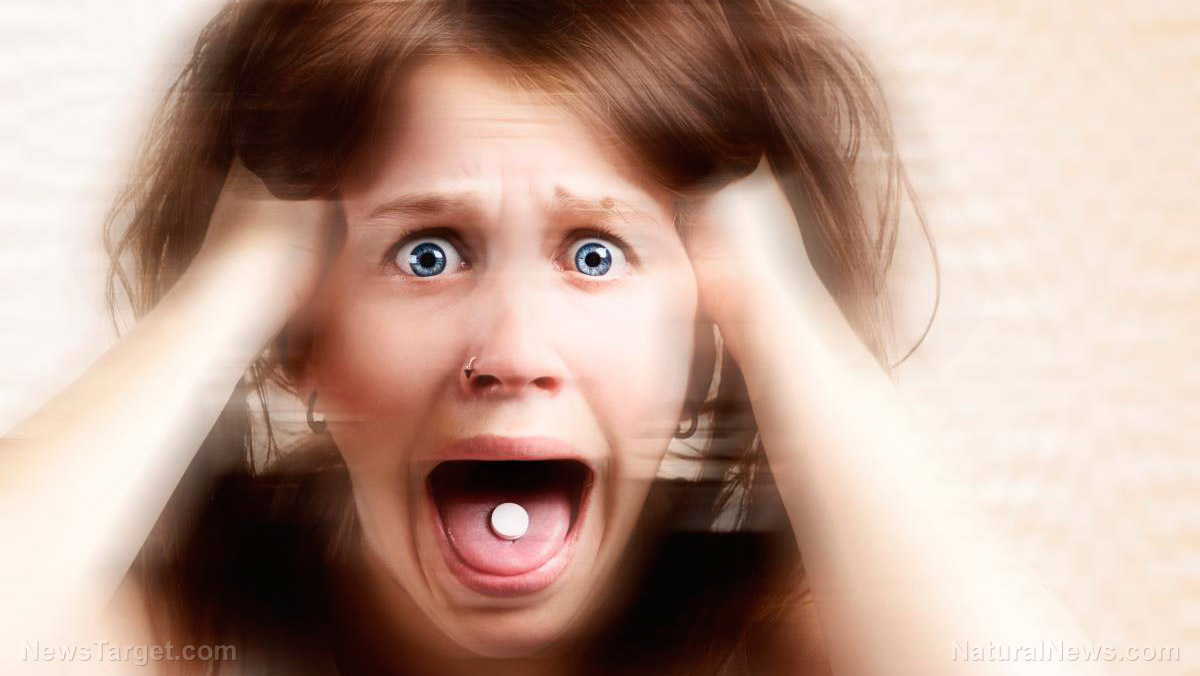
Mental health watchdog group Citizens Commission on Human Rights is drawing attention to the concerning fact that more than a million kids younger than six in our nation are currently taking psychiatric drugs.
While around half of these children are four to five years old, an incredible 274,804 of them are younger than a year old. That’s right: babies are being given psychiatric drugs. The number rises for toddlers aged two to three, with 370,778 kids in this category taking psychiatric drugs overall.
Data from IMS Health shows that the situation only gets worse as kids get older, with 4,130,340 kids aged 6 to 12 taking some type of psychiatric drug.
You might be forgiven for assuming that most of these statistics are made up by kids taking ADHD drugs given how common that approach seems to be nowadays, but it really only accounts for a small portion of it, with 1,422 of those younger than a year old and just over 181,000 of those aged four to five taking ADHD drugs.
Antidepressants and antipsychotics put forth some surprising figures, but the biggest category of psychotic drugs given to children appears to be anti-anxiety drugs. Just over 227,132 babies under one and nearly 248,000 of those aged four to five take these medications.
These numbers are even more shocking when you consider the fact that experts believe these estimates are far too low and the real numbers are actually much higher, due in part to the tendency for some doctors to hand out psychiatric medications for “off-label” uses. This risky practice entails giving out a drug to treat something that it is not indicated for, and the long-term effects of such an approach are completely unknown.
Safer alternatives to giving kids mind-altering meds
When adults choose to take psychiatric medication, it may be ill-advised in many cases, but it is still their choice to make. Children, on the other hand, lack the cognition to fully understand the lifelong impact of such a choice, and this essentially amounts to forced medication. We already know that many doctors have a financial incentive to get young people to start taking these drugs, but why are their parents so willing to get on board? Many of them are also taking psychiatric medications, of course. In fact, it has practically become a way of life in our nation and many people think of these meds as harmless.
The side effects of these drugs are nothing to scoff at, however, with antianxiety, antidepressant and antipsychotic drugs linked to heart attacks, psychosis, suicidal ideation, diabetes, stroke, mania and sudden death. As if that weren’t bad enough, there’s also the fact that many of the high-profile public shootings in recent years were perpetrated by young people on such drugs, so not only do kids have the risk of dying when they take these meds, but they could also take out a whole classroom or movie theater with them.
Psychiatric medications affect a child’s brain chemistry and could impact their development in irreversible ways, so it’s important for doctors and parents alike to reserve them as an absolute last resort. Some degree of anxiety is normal in children as they start to understand the way the world works. Life is full of ups and downs, and children who learn coping strategies when they’re young will have a valuable skill that can serve them well throughout their lifetime. There are lots of good coping mechanisms that can help children with depression, anxiety, and those who have been labeled with ADHD, including yoga, art therapy, breathing exercises, and physical exercise, to name just a few.
Sources include:
Please contact us for more information.























